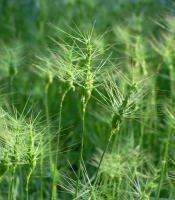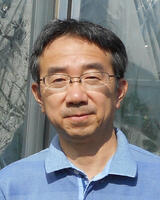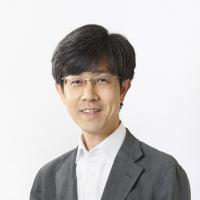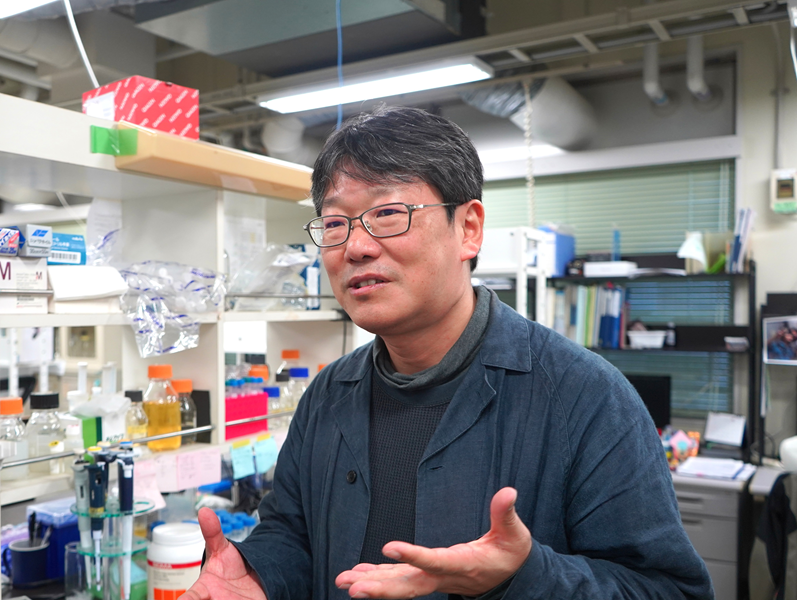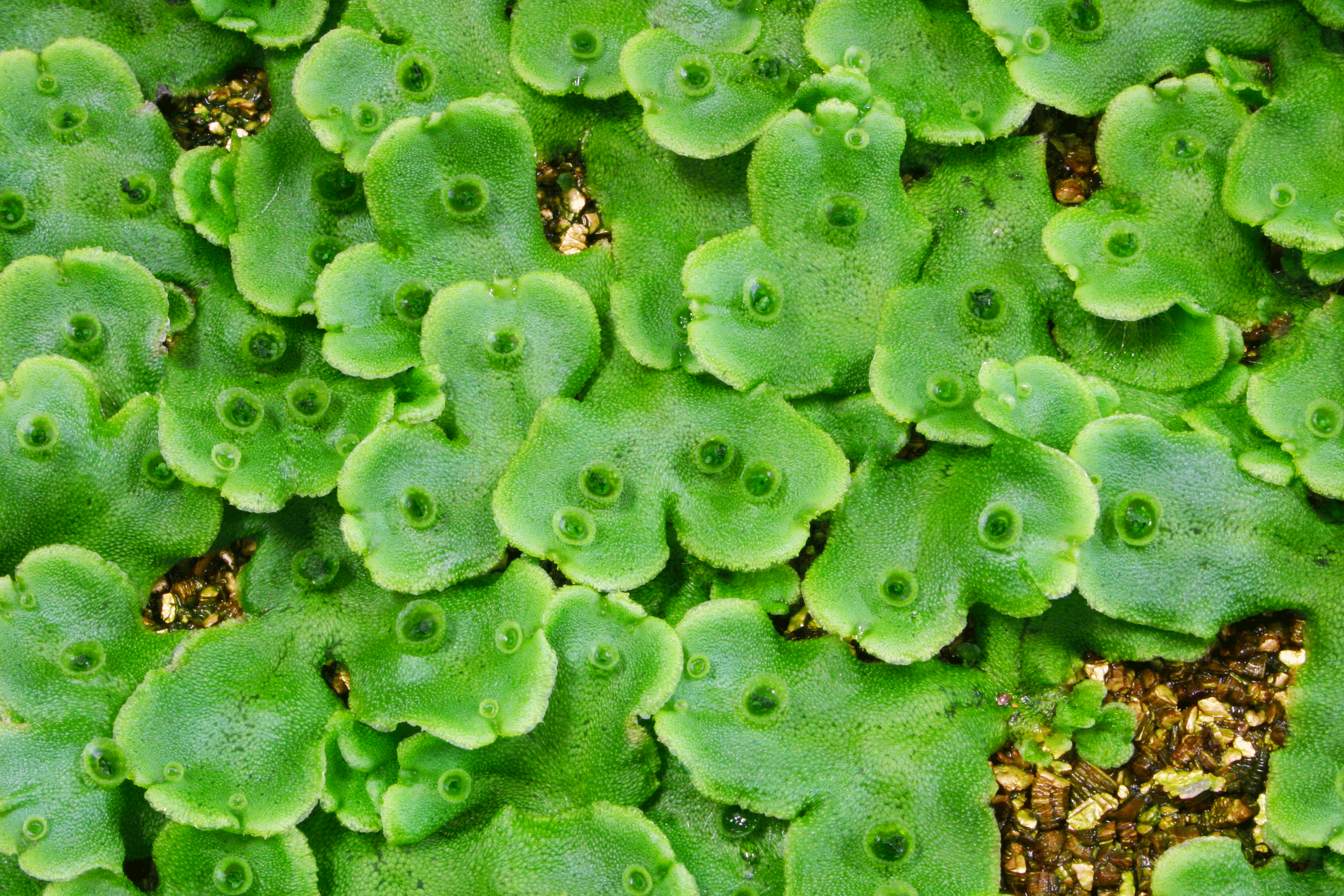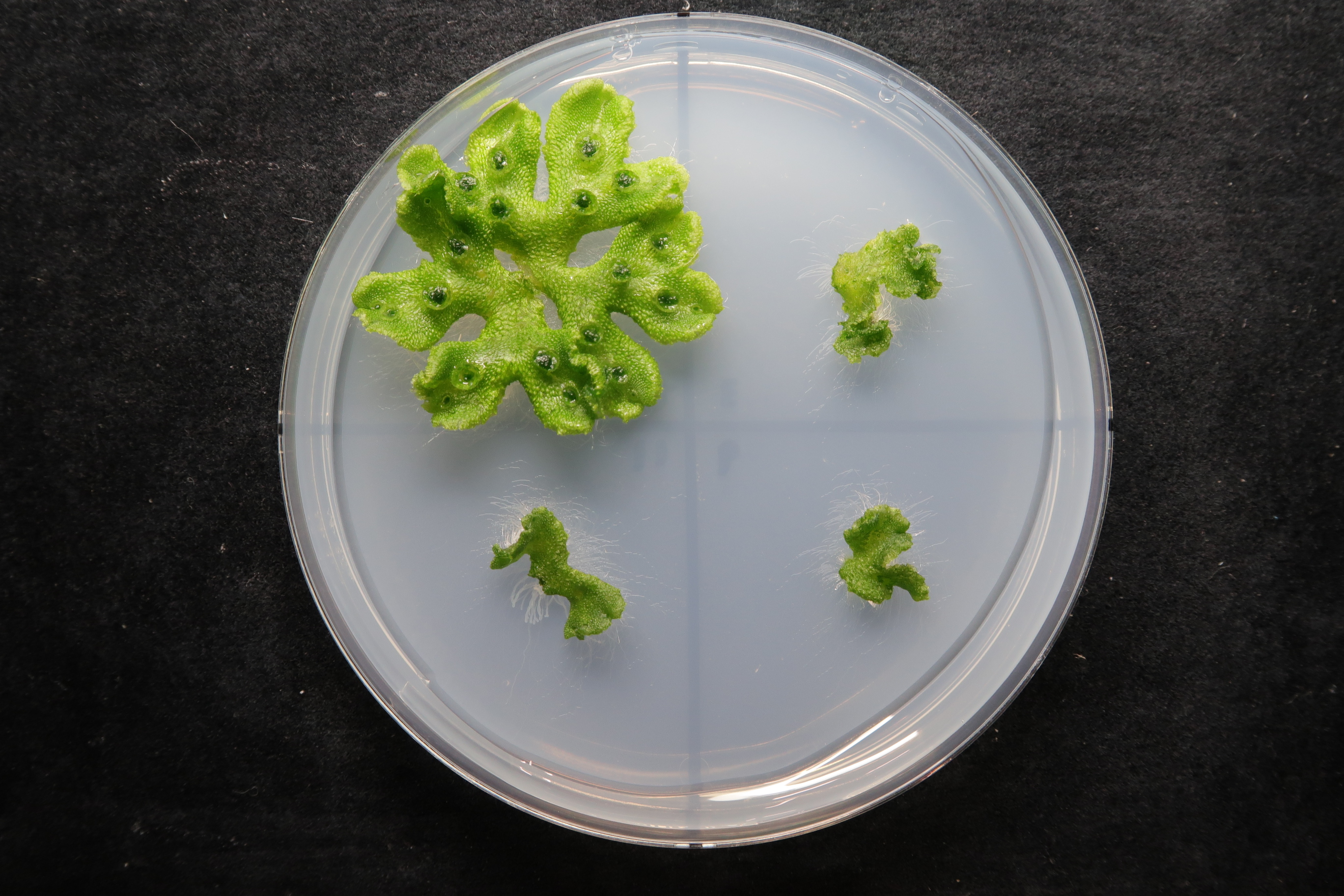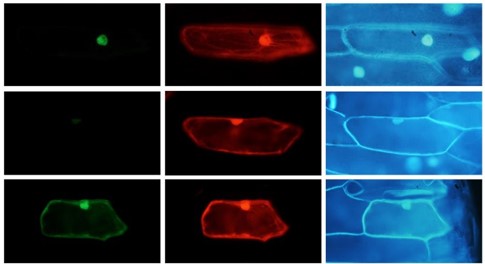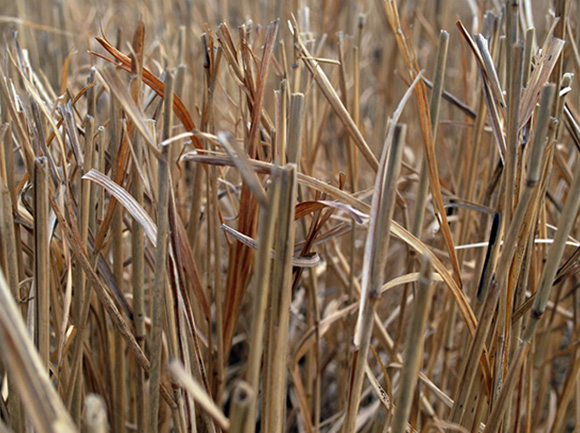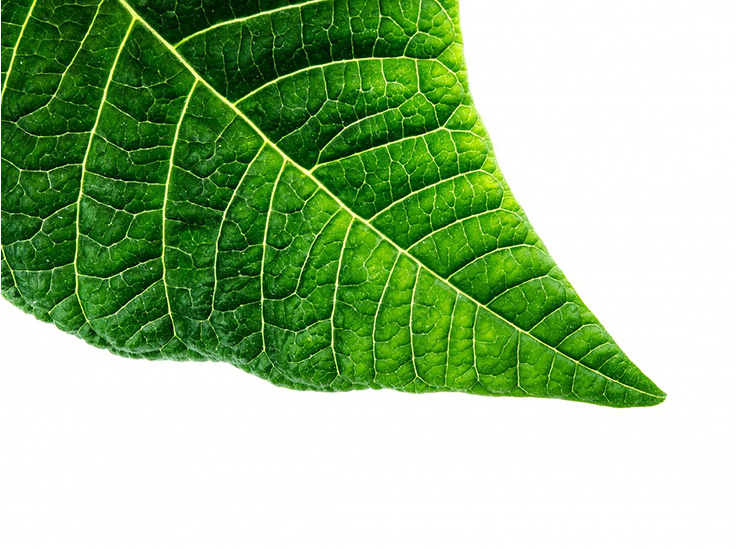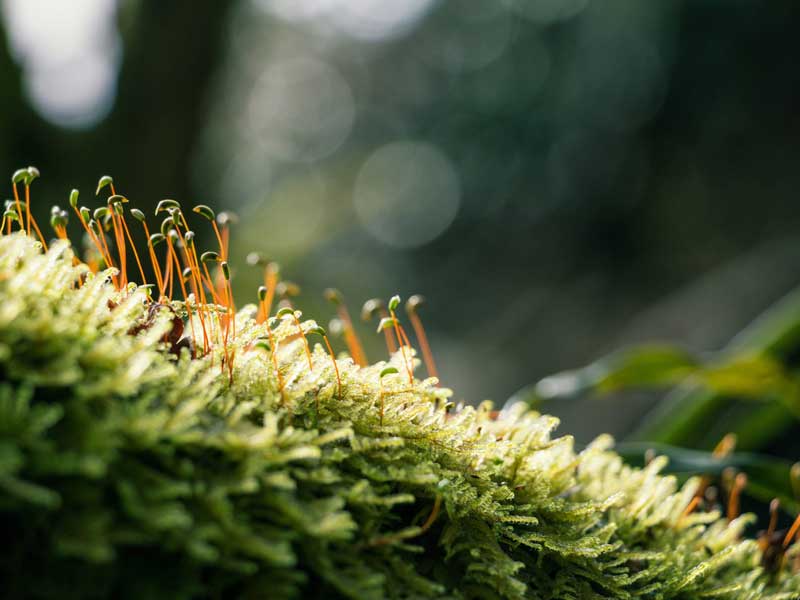When excess light energy is absorbed by plants during photosynthesis, harmful reactive oxygen species are produced. These reactive oxygen species break down important structures such as proteins and membranes, preventing them from functioning properly. Researchers have discovered the system used by plants to prevent oxidative stress and to safely carry out photosynthesis.
A research team led by Associate Professor MIYAKE Chikahiro (Kobe University Graduate School of Agricultural Science) made this discovery, which was reported in 11 journals.
The light energy use of most photosynthesizing organisms is saturated at 25-50% of sunlight. In other words, they are routinely exposed to more light energy than they need for photosynthesis. When leaves are irradiated by excess light energy, the chloroplasts that carry out photosynthesis can easily suffer oxidative stress and stop photosynthesizing.
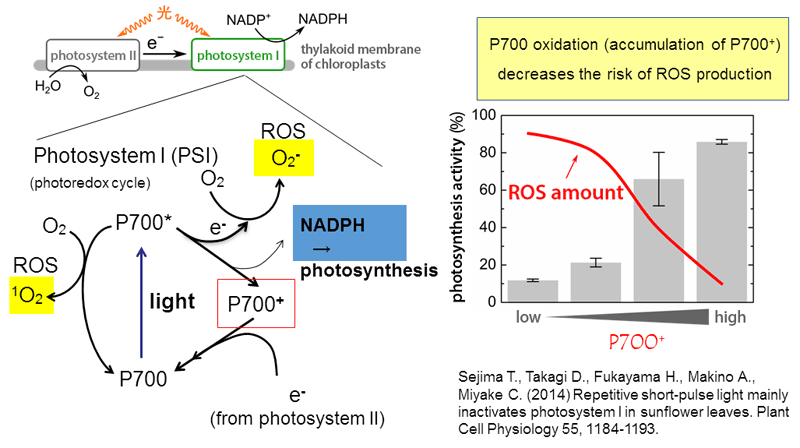
Previously this team was the first to clarify the mechanism behind the production of reactive oxygen species. Building on these results, they developed the “pulse method” to artificially induce oxidative stress. They discovered the P700 oxidation system, used by plants to suppress the production of reactive oxygen species.
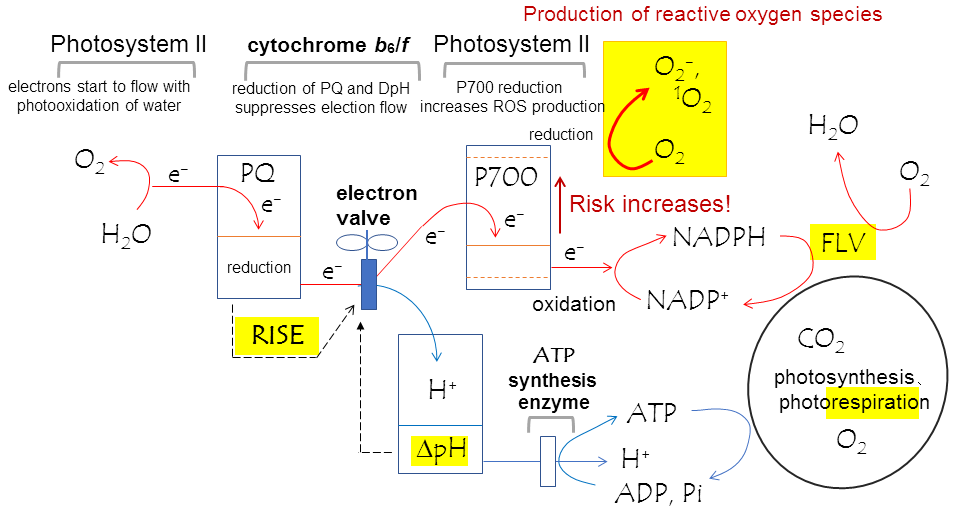
P700, a chlorophyll in the reaction center of photosystem I, is the particle that transforms oxygen into reactive oxygen species. Since the late 1980s scientists knew that P700 oxidation can be seen in environments with excess sunlight, but this team is the first to define its role. The team also discovered that P700 oxidation is essential for the growth of cyanobacteria, the ancestors of higher plant chloroplasts, and it also functions in algae, moss, ferns, gymnosperms and angiosperms.
When oxidized P700 (P700+) accumulates in the P700 oxidation system it lowers the ratio of light-stimulated P700 (P700*). P700* produces reactive oxygen species by giving electrons to oxygen, producing superoxide radicals, or producing triplet P700 that gives light energy to oxygen. The accumulation of P700 suppresses the production of reactive oxygen species via the photosynthetic electron transport system. The research team also clarified two strategies that photosynthesizing organisms have acquired to enable the P700 oxidation system to function and accumulate P700+.
The discovery of the P700 oxidation system and its role shows that photosynthetic organisms use this system as a physiological function that is indispensable in outdoor environments. This system, common to photosynthetic organisms, starts to function when excess light energy is present (caused by environmental stresses such as strong sunlight, drought, or lack of nutrients). As a result, P700 is oxidized to produce P700+. When P700 oxidation occurs, this indicates that dangerous reactive oxygen species will also be produced due to excess sunlight.
The group focused on the production of P700+ as a warning marker for reactive oxygen species, and are developing equipment to detect P700+. Monitoring P700+ could enable the early detection of risks from oxidative stress. Treatment of reactive oxygen species production using the pulse method could enable scientists to evaluate plant resistance to reactive oxygen species. The team will continue to investigate these avenues.
Journal information
- “Superoxide and Singlet Oxygen Produced within the Thylakoid Membranes Both Cause Photosystem I Photoinhibition.”
/ Plant Physiology
/ Daisuke Takagi, Shigeo Takumi, Masataka Hashiguchi, Takehiro Sejima, Chikahiro Miyake - “Photorespiration provides the chance of cyclic electron flow to operate for he redox-regulation of P700 in photosynthetic electron transport system of sunflower leaves.”
/ Photosynthesis research
/ Daisuke Takagi, Masataka Hashiguchi, Takehiro Sejima, Amane Makino, Chikahiro Miyake - “Post-illumination transient O2-uptake is driven by photorespiration in tobacco leaves.”
/ Physiologia Plantarum
/ Takehiro Sejima, Hitomi Hanawa, Ginga Shimakawa, Daisuke Takagi, Yuji Suzuki, Hiroshi Fukayama, Amane Makino, Chikahiro Miyake - “Reduction-induced suppression of electron flow (RISE) in the photosynthetic electron transport system of Synechococcus elongatus PCC 7942.”
/ Plant Cell Physiology
/ Kei-ichiro Shaku, Ginga Shimakawa, Masataka Hashiguchi, Chikahiro Miyake - “Oxidation of P700 in photosystem I is essential for the growth of cyanobacteria.”
/ Plant Physiology
/ Ginga Shimakawa, Kei-ichiro Shaku, Chikahiro Miyake - “Diverse strategies of O2 usage for preventing photo-oxidative damage under CO2 limitation during algal photosynthesis.”
/ Scientific reports
/ Ginga Shimakawa, Yusuke Matsuda, Kensuke Nakajima, Masahiro Tamoi, Shigeru Shigeoka, Chikahiro Miyake - “The liverwort, Marchantia, drives alternative electron flow using a flavodiiron protein to protect PSI.”
/ Plant Physiology
/ Ginga Shimakawa, Kimitsune Ishizaki, Shigeyuki Tsukamoto, Moeko Tanaka, Takehiro ejima, Chikahiro Miyake - “Diversity of strategies for escaping reactive oxygen species production within photosystem I among land plants: P700 oxidation system is prerequisite for alleviating photoinhibition in photosystem I.”
/ Physiologia Plantarum
/ Daisuke Takagi, Kimitsune Ishizaki, Hitomi Hanawa, Tomohito Mabuchi, Ginga Shimakawa, Hiroshi Yamamoto, Chikahiro Miyake - “Land plants drive photorespiration as higher electron-sink: Comparative study of post-illumination transient O2-uptake rates from liverworts to angiosperms through ferns and gymnosperms.”
/ Physiologia Plantarum
/ Hitomi Hanawa, Daisuke Takagi, Ginga Shimakawa, Kana Nohira, Takehiro Sejima, Kei-ichiro Shaku, Amane Makino, Chikahiro Miyake - “Chloroplastic ATP synthase builds up proton motive force for preventing reactive oxygen species production in photosystem I.”
/ Plant Journal
/Daisuke Takagi, Katsumi Amako, Masaki Hashiguchi, Hidehiro Fukaki, Kimitsune Ishizaki, Goh Tatsuaki, Yoichiro Fukao, Ryosuke Sano, Tetsuya Kurata, Taku Demura, Shinichiro Sawa and Chikahiro Miyake - “植物が安心して光合成できるワケ~PSIを光障害から護るP700酸化システム~”
/ 光合成研究
/ 嶋川銀河、三宅親弘


